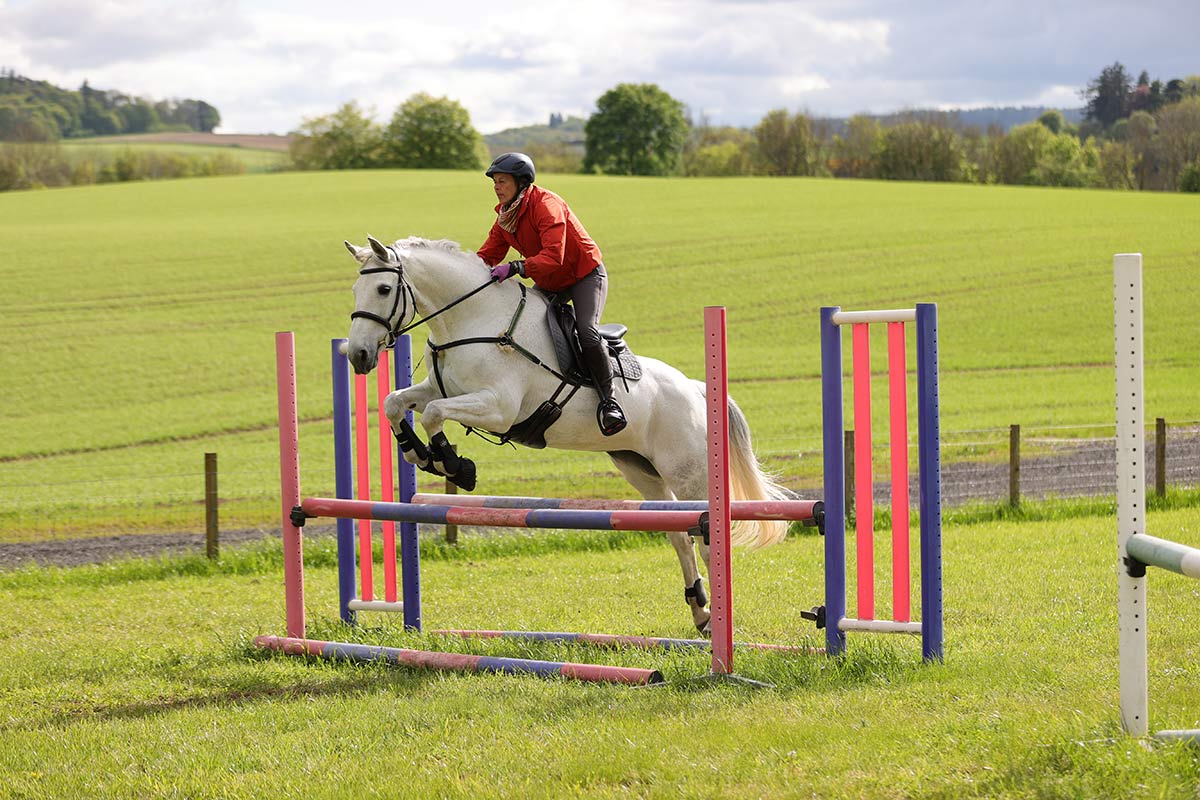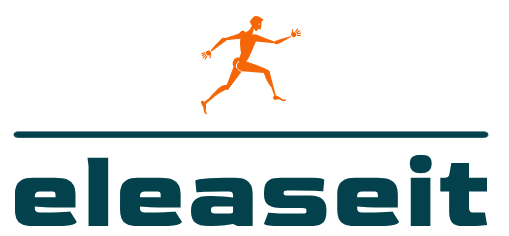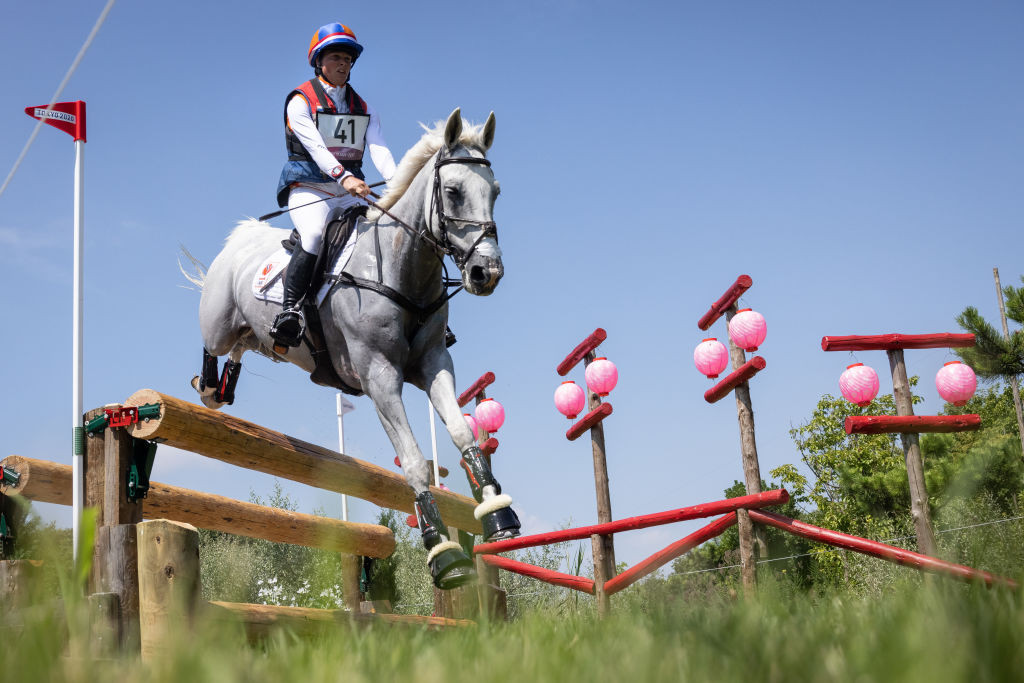
Unleashing Precision: Mastering Equestrian Show Jumping
Equestrian show jumping is a thrilling discipline that demands a unique blend of precision, skill, and a harmonious connection between horse and rider. Embark on a journey into the heart of this exhilarating equestrian sport and discover the elements that contribute to mastering the art of show jumping.
The Dance of Agility: Dynamics of Equestrian Show Jumping
At the core of equestrian show jumping lies the dynamic interplay between agility and control. Riders guide their horses through a course of obstacles, showcasing the ability to maneuver swiftly while maintaining control. The dance-like quality of this discipline requires seamless communication between horse and rider.
Heightened Challenges: Navigating Vertical Obstacles
The hallmark of show jumping is the negotiation of a series of obstacles, often featuring vertical jumps that test the horse’s ability to clear significant heights. Riders must assess distances and angles accurately, ensuring their equine partners can navigate each obstacle with precision. The challenge lies not only in clearing the height but doing so efficiently.
Strategic Approaches: Planning the Path to Success
Success in equestrian show jumping is not just about clearing jumps; it involves strategic planning. Riders must analyze the course layout, identifying the most efficient paths and planning for turns and adjustments. A well-thought-out strategy enhances the chances of completing the course within the allotted time while minimizing faults.
Technical Mastery: Perfecting Riding Techniques
The technical aspects of riding are paramount in mastering equestrian show jumping. A balanced seat, effective rein aids, and a secure leg position contribute to the rider’s ability to guide the horse accurately. Precision in these techniques is crucial, especially during takeoffs and landings over jumps.
Building Trust: The Rider-Horse Partnership in Show Jumping
The bond between rider and horse is a cornerstone of successful show jumping. Building trust is an ongoing process that involves understanding the horse’s preferences, responding to its cues, and cultivating a relationship based on mutual respect. A strong partnership is evident in the confidence with which horse and rider approach each jump.
Navigating Different Types of Jumps: A Varied Landscape
Equestrian show jumping courses feature a variety of jumps, including verticals, oxers, combinations, and more. Each type requires a unique approach and skill set. Riders must adapt quickly to the changing landscape of the course, showcasing their versatility and the horse’s ability to tackle diverse challenges.
The Role of Speed: Finding the Balance
While precision is paramount, speed is also a crucial element in equestrian show jumping. Riders must find the right balance between maintaining control and navigating the course swiftly. Strategic bursts of speed are employed to meet time constraints without sacrificing accuracy.
Showmanship in Presentation: Aesthetics Matter
Beyond technical prowess, aesthetics play a role in equestrian show jumping. Riders and horses are judged not only on their ability to clear obstacles but also on their overall presentation. Grooming, turnout, and the overall impression contribute to the showmanship that adds an extra layer of elegance to the sport.
Embarking on Your Journey: Equestrian Show Jumping Guide
For those eager to delve deeper into the world of equestrian show jumping, the Equestrian Show Jumping guide serves as a valuable resource. Offering insights, training tips, and expert advice, it provides a roadmap for riders aspiring to master the intricacies of this thrilling discipline. Explore the guide and elevate your skills to new heights in the realm of equestrian show jumping.





